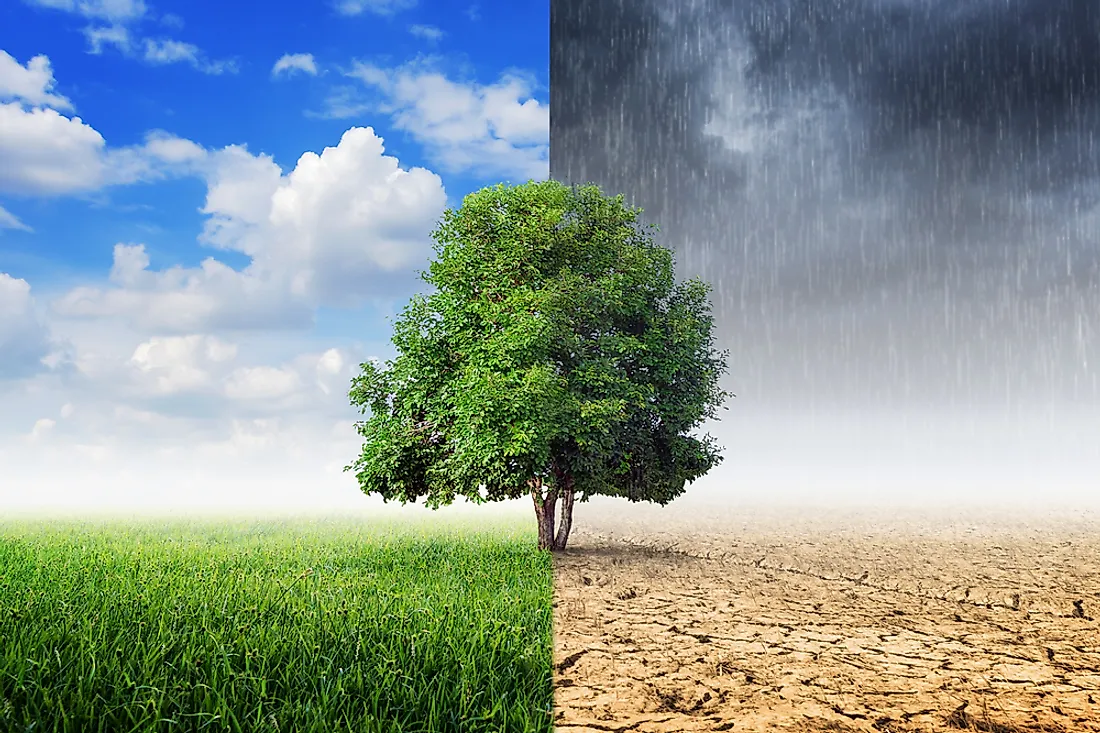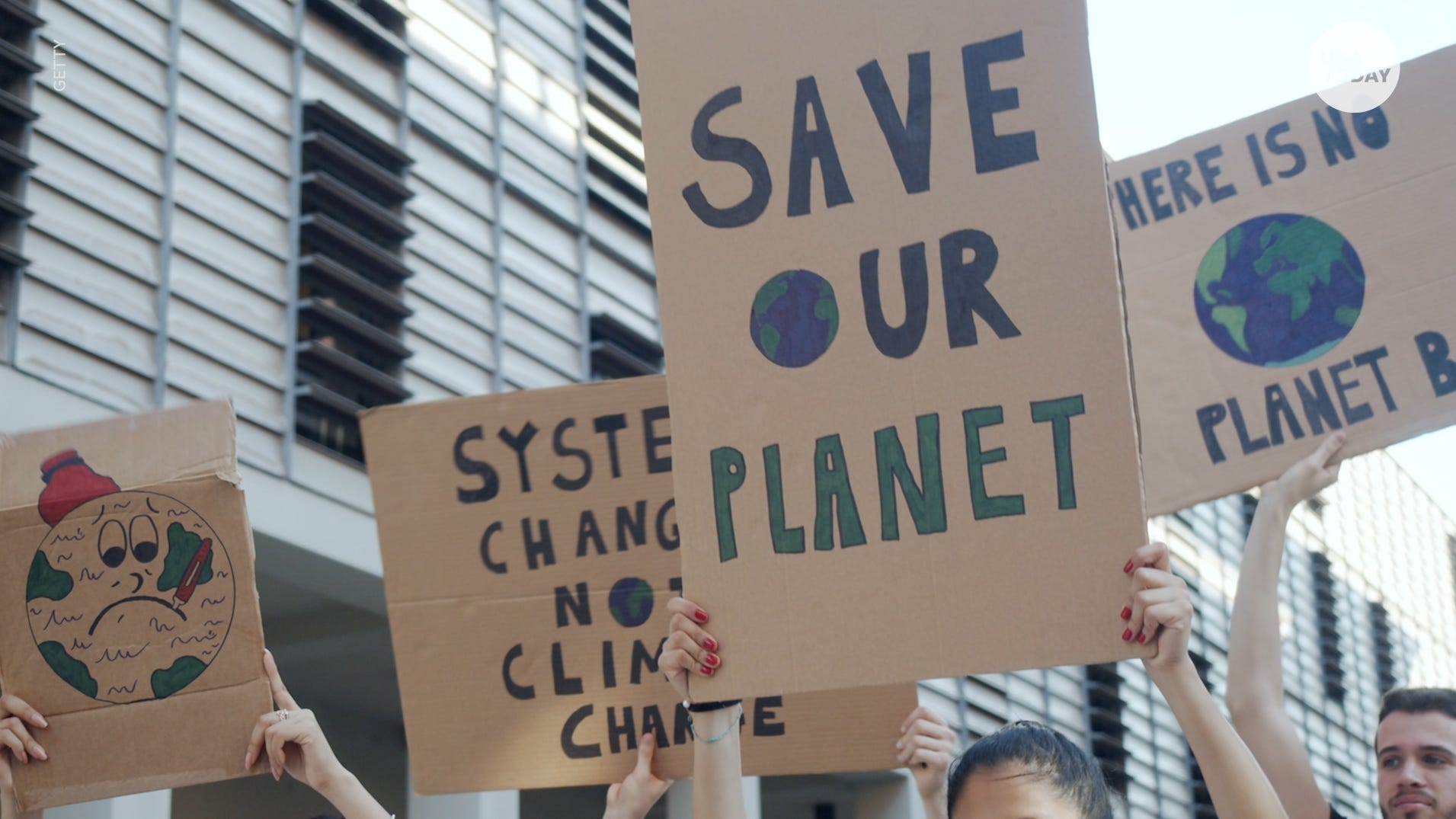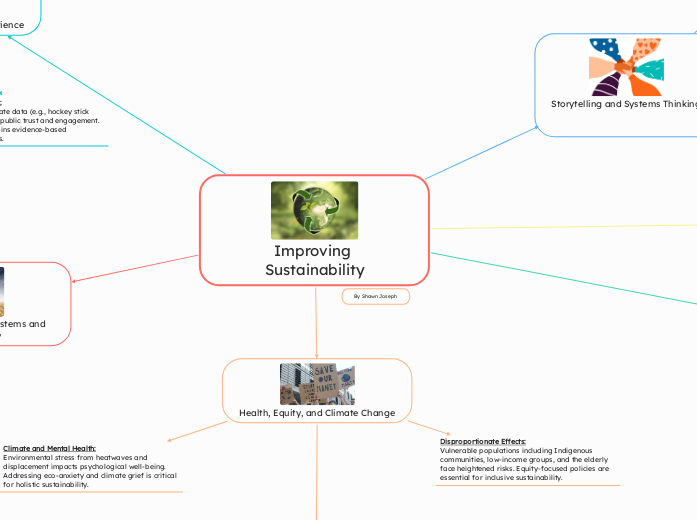
Improving Sustainability

Understanding Natural Systems and Climate History
Geological Climate Patterns: Past glaciation cycles and tectonic activities provide context for anthropogenic changes. Understanding the Earth’s natural climate systems can help us differentiate between natural and human-induced climate change, guiding mitigation efforts.
Peatlands as Carbon Sinks: Peatlands store vast amounts of carbon but are vulnerable to smouldering fires and degradation. Preserving and restoring peatlands contributes to natural carbon capture and also enhances ecosystem resilience.
Anthropology and Climate: Human-environment relationships are essential for contextualizing climate impacts and adaptations. Various cultural understandings of climate change can influence sustainability solutions across diverse communities.

Health, Equity, and Climate Change
Climate and Mental Health: Environmental stress from heatwaves and displacement impacts psychological well-being. Addressing eco-anxiety and climate grief is critical for holistic sustainability.
Health Impacts of Climate: Climate change threatens water, air, food security, and increases vector-borne diseases. A sustainable future must prioritize climate-resilient health systems and equity in health access.
Disproportionate Effects: Vulnerable populations including Indigenous communities, low-income groups, and the elderly face heightened risks. Equity-focused policies are essential for inclusive sustainability.

Indigenous Knowledge and Environmental Justice
Indigenous Environmental Justice: Recognizes reciprocal relationships with nature and water as a living entity. Integrating these Indigenous knowledge systems enables transformative and ethical sustainability.
Climate Resilience in the Andes: Traditional practices and local adaptations to glacier retreat and water scarcity. Community-led sustainability reflects adaptive capacity and cultural values.
Policy Critique: Global climate governance often overlooks Indigenous voices. Decolonizing sustainability ensures more just and effective environmental policies.

Engineering, Industry, and Circular Economy
Sustainable Design Principles: Sustainable design principles include emotionally durable designs, closed-loop systems, and using current solar income. These principles reduce waste and align engineering with ecological processes.
Circular Economy Models: There is an emphasis on industrial symbiosis, biomimicry, and "waste equals food" frameworks. Circular systems reframe waste as a resource, improving efficiency and sustainability.
Industry Adaptation: Corporate social responsibility and climate risk assessments in business. Industries play a key role in systemic sustainability shifts through sustainable procurement and green infrastructure.

Science, Data, and Local Experience
Open Science & Trust: Transparency in climate data (e.g., hockey stick graphs) are vital for public trust and engagement. Reliable data underpins evidence-based sustainability policies.
Himalayan Climate Knowledge: Integration of local and scientific knowledge for adaptive solutions like irrigation. Place-based solutions highlight the importance of localized sustainability strategies.

Storytelling and Systems Thinking
A Systems Approach: Sustainability requires seeing interconnections between sectors, disciplines, and values. A systems approach helps address root causes and builds long-term resilience.
Climate Storytelling: Narrative tools help move beyond fear to envision sustainable futures. Imagination and collective narratives foster engagement and systemic change.
